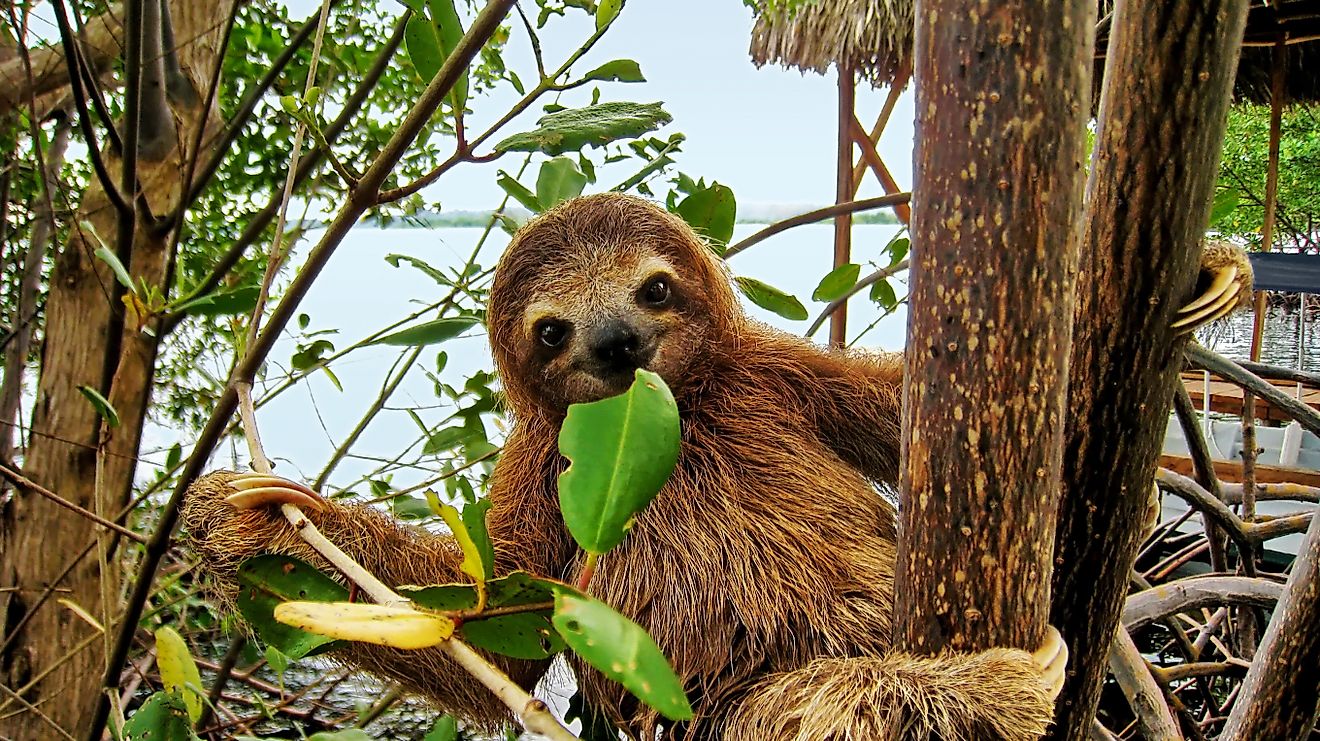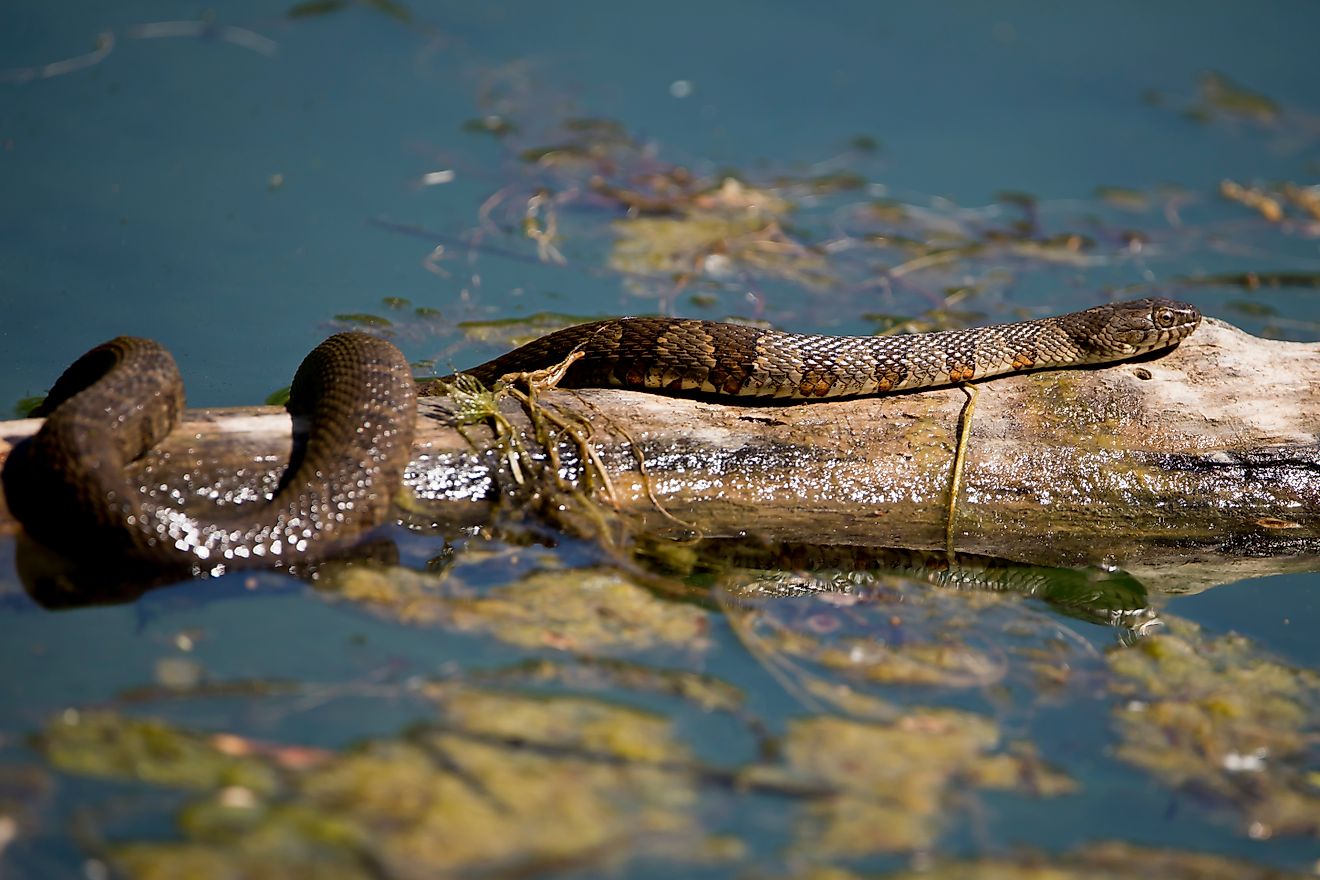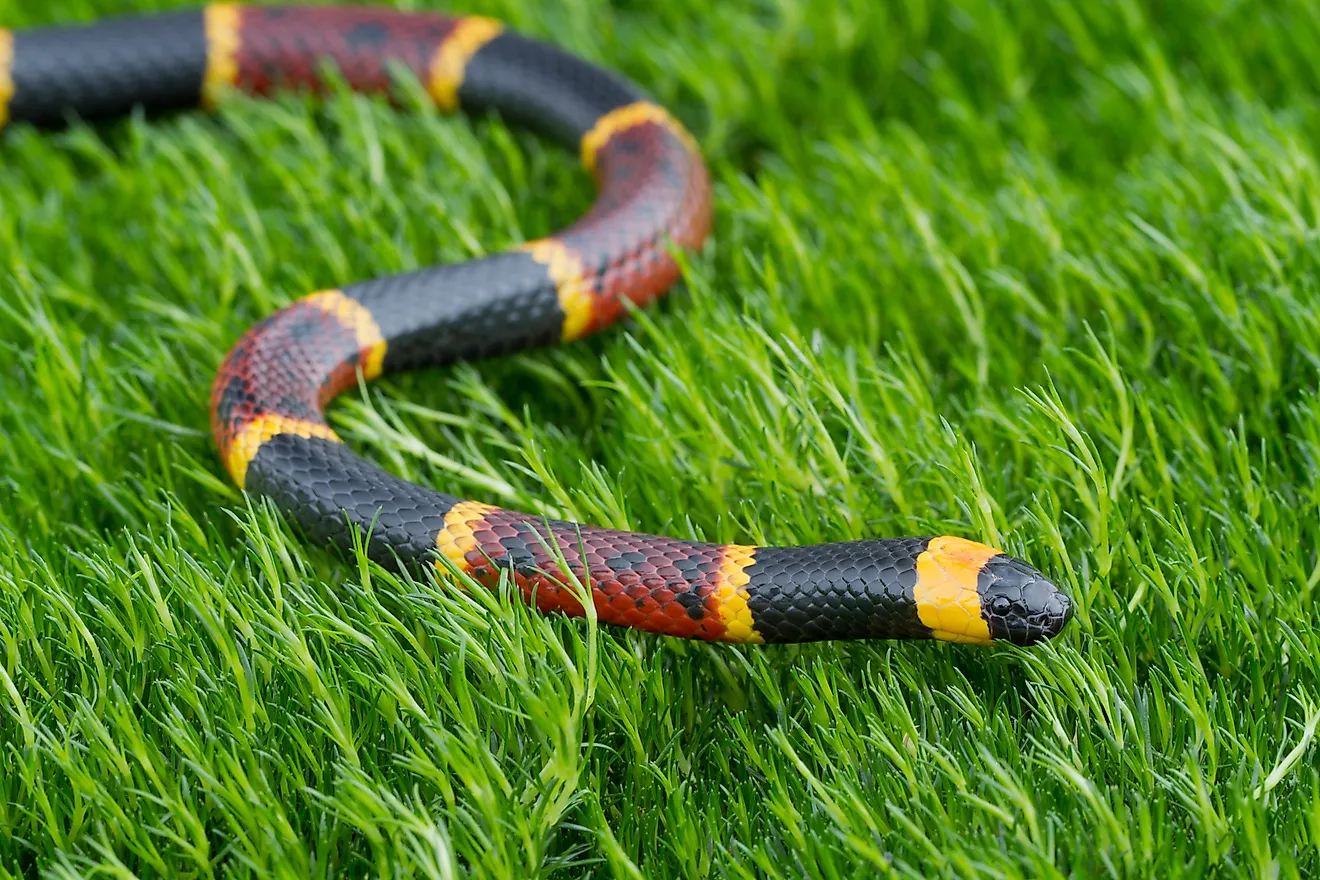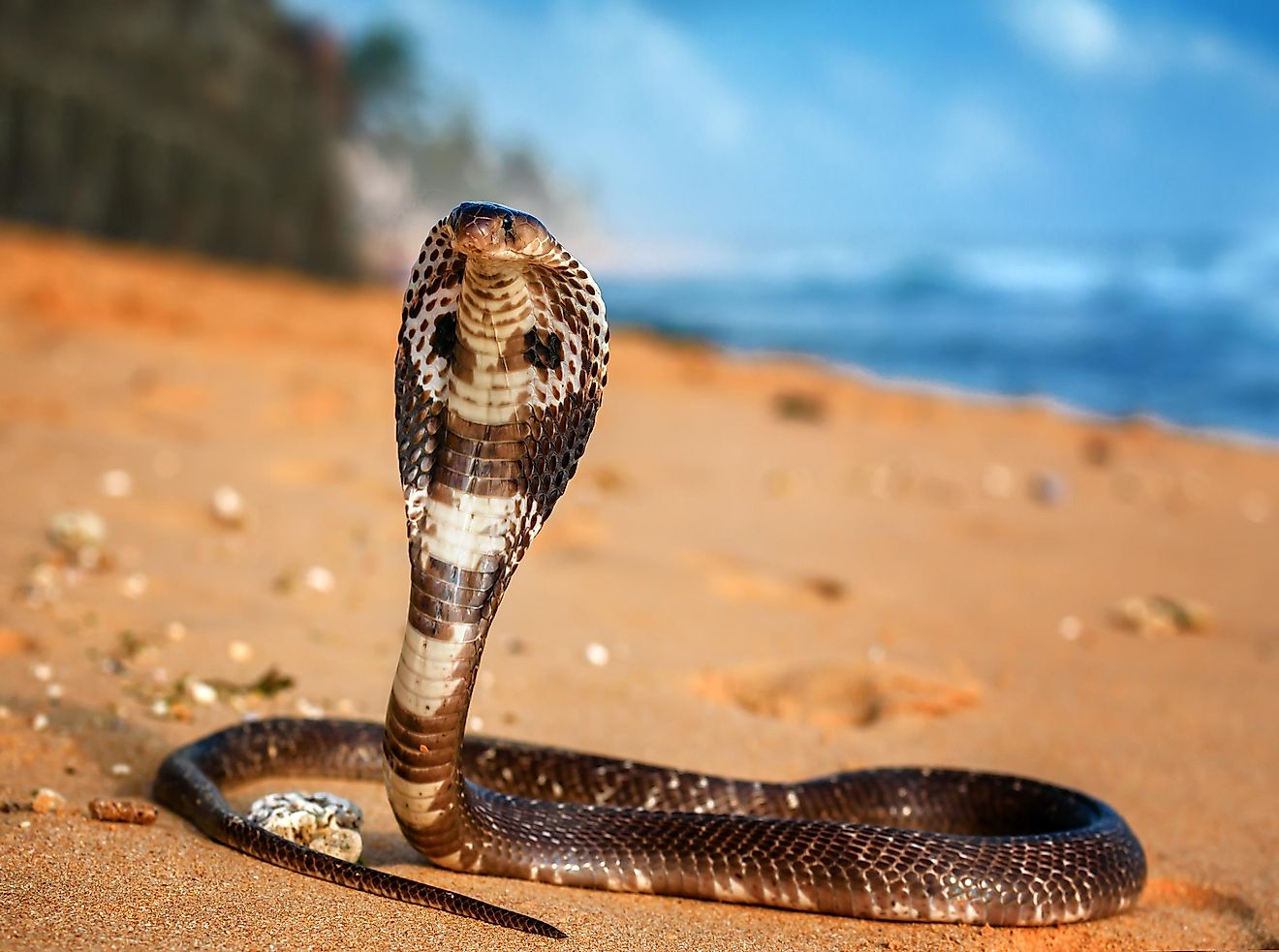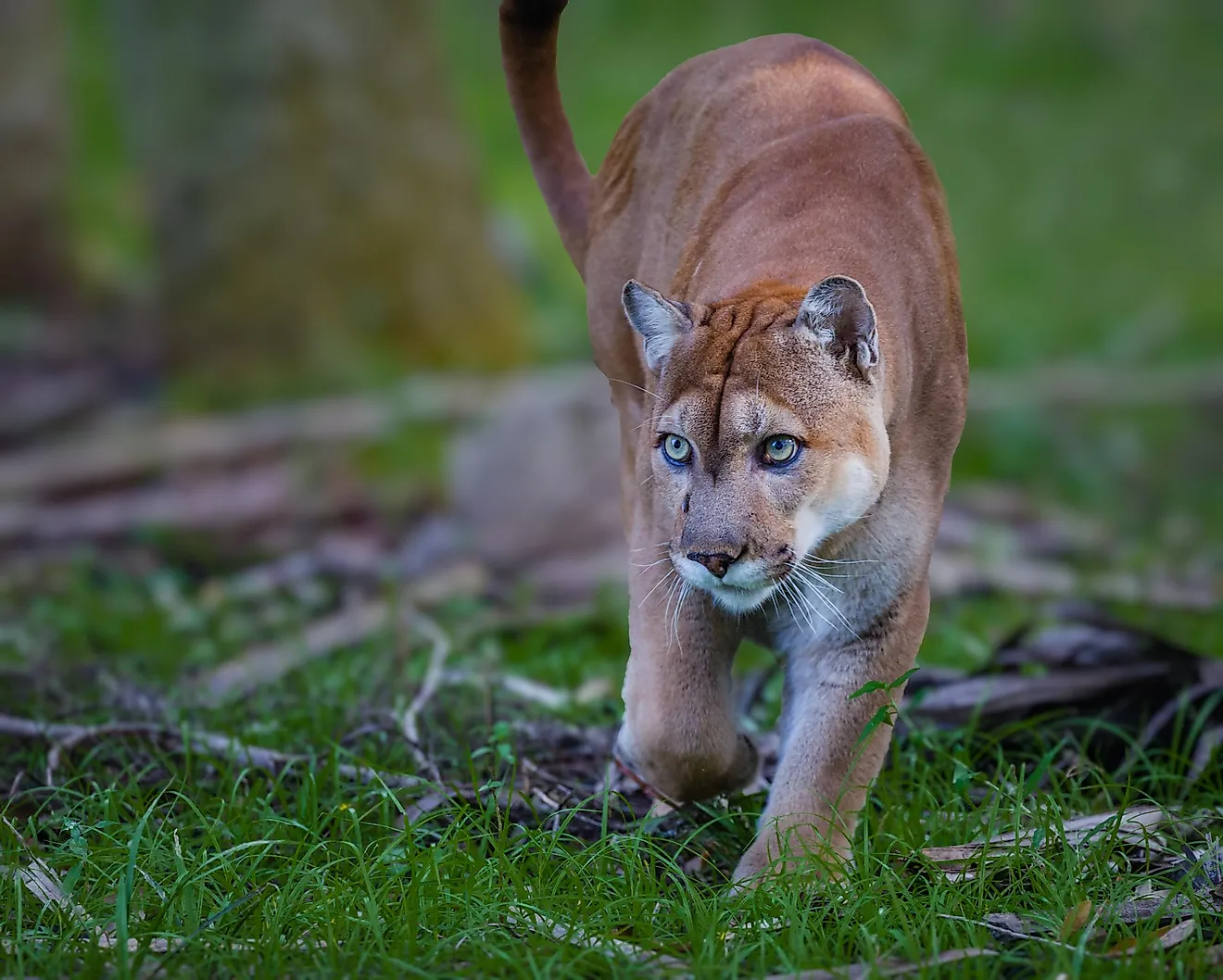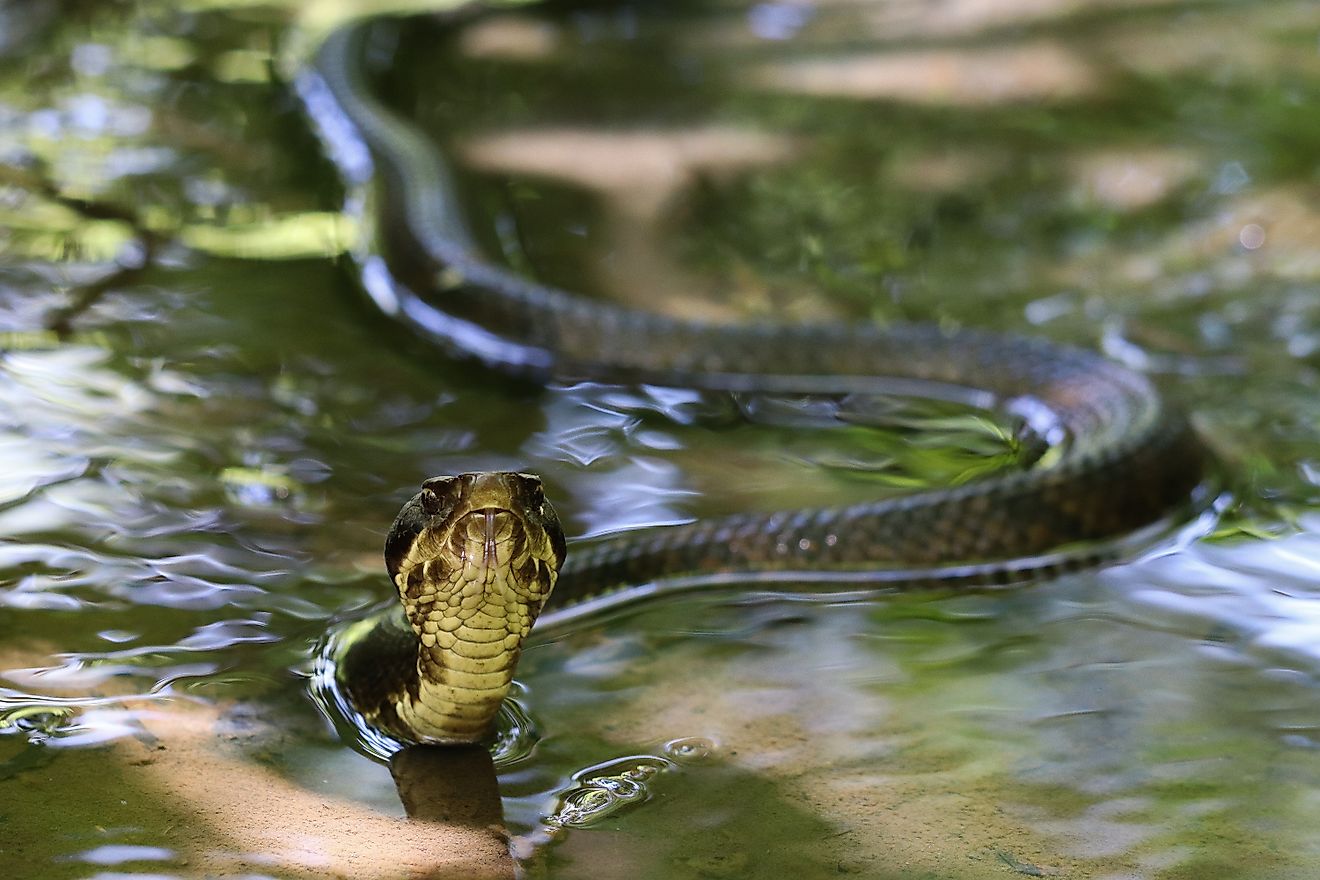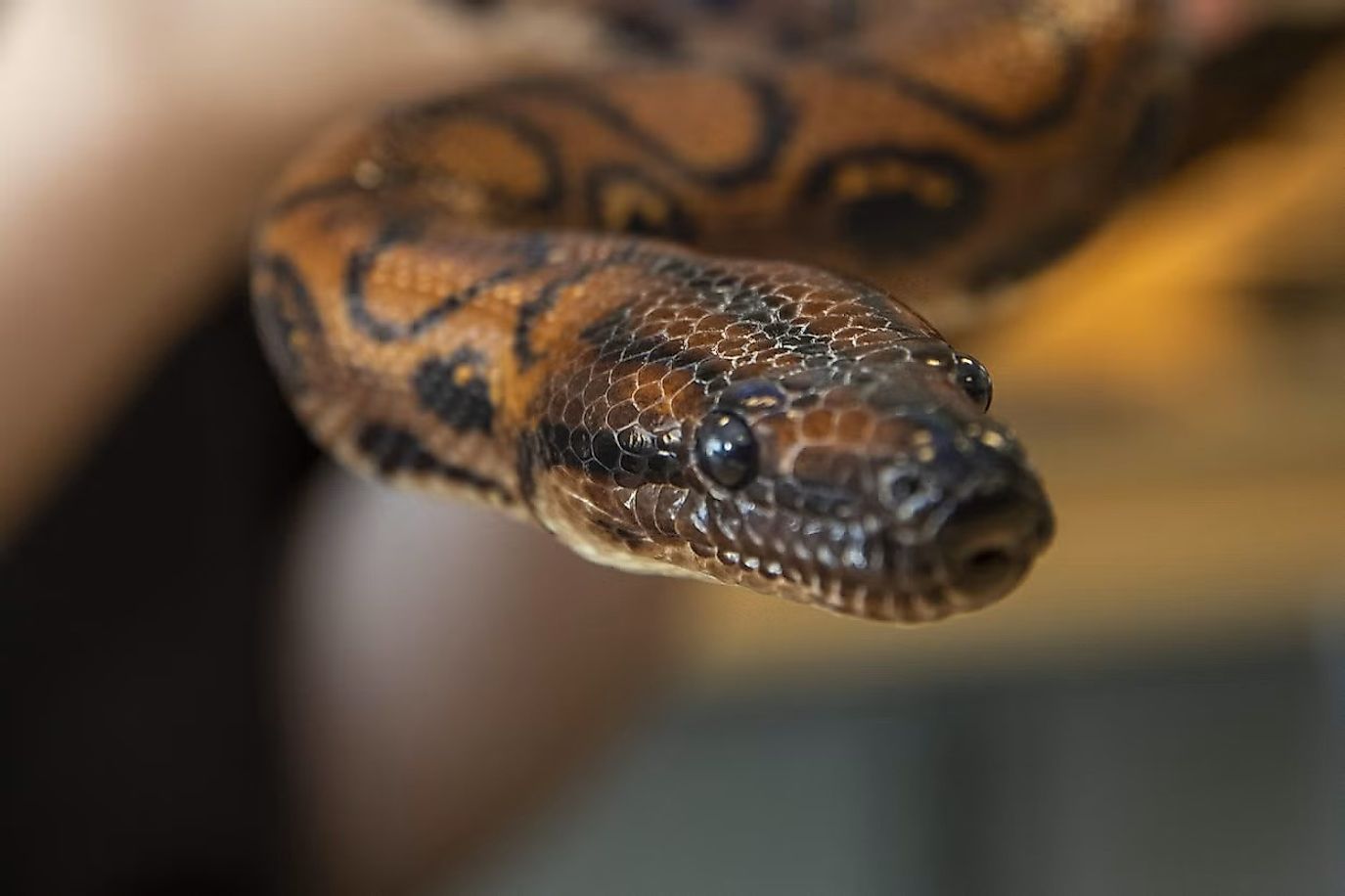
Boa Snake, Initially Thought to Be Male, Gives Birth to 14 Babies in Rare Event
As Michael Crichton's Jurassic Park character (famously portrayed by a young, bare-chested Jeff Goldblum) once said: "Life finds a way." This was certainly the case for Ronaldo - a six-foot-long Brazilian rainbow boa who gave birth to 14 snakelets despite lacking a mate and equally puzzling, despite being classified as male. The "miracle birth," which occurred on June 21st, 2024, at City of Portsmouth College, has been chalked up to two overlapping phenomena. First of all, Ronaldo was miscategorized during her post-rescue examination, and secondly, the 13-year-old mother underwent a rare process of asexual reproduction known as parthenogenesis - only the third documented case amongst captive rainbow boas (Epicrates cenchria) the world over.
The Miracle Birth

Last Friday, while performing a routine check of Ronaldo's vivarium habitat, a student at the further education institution discovered a slew of baby snakes slithering alongside the usually solitary constrictor. Resident Animal Care Technician Peter Quinlan was immediately summoned to make sense of the anomaly.
Quinlan has been Ronaldo's caretaker for the past nine years, after adopting her from the Royal Society for the Prevention of Cruelty to Animals (RSPCA). Given that the sex of adult snakes is difficult to ascertain, and given that Quinlan never intended to breed the iridescent boa, he took the veterinarian's initial assessment at face value.
Since 2015, Ronaldo has not had any contact with other snakes. Therefore, one can easily imagine Quinlan's surprise when he first laid eyes on the 14 snakelets. Note: Rainbow boas typically give birth to litters of 12-15 (but as many as 25) after a five-to-six-month period of gestation. Prior to last week's paradigm-shifting event, staff and students simply attributed the snake's weight gain to overeating. After all, in the 50 years that Peter Quinlan has been working with snakes, he has never witnessed a case of parthenogenesis (sometimes called a "virgin birth.")
Other Cases of Parthenogenesis
Parthenogenesis (i.e. development of embryos without fertilization) is a natural process that is common in plants, insects, fish, and some small invertebrates, but rarely occurs in larger animals. Case in point, there are only two other recorded cases of asexual reproduction amongst captive Brazilian rainbow boas. One bachelorette gave birth to 22 offspring over the span of two years, while the other brought four babies into the world, even though her male roommate had been vasectomized.
In terms of interspecies parthenogenesis, two cases have made headlines in the last year (but with crucial caveats). This past February, a virgin stingray at an aquarium in North Carolina was initially reported to be pregnant, but sadly, the prognosis was later updated to ovarian cysts. The other standout incident occurred in a captive American crocodile. After being housed on her own for 16 years at a zoo in Costa Rica, she laid 14 eggs. However, unlike Ronaldo, none of the clutch was viable.
Another noteworthy case of parthenogenesis occurred in 2019 when a green anaconda (also a member of the boa family) gave birth at the New England Aquarium in Boston, Massachusetts (where she lived with two other females). The litter from the ten-foot-long, eight-year-old mother once again predominantly perished, but two babies did end up beating the odds.
What's Next for the Baby Boas?
As we have seen, it is not only a medical miracle that Ronaldo underwent asexual reproduction but also that her 14 baby boas all appear to be healthy. The team at City of Portsmouth College is, therefore, scrambling to build individual habitats for each snake - a significant but exciting expansion for the students and faculty alike. As with traditional litters, the baby snakes have been subsisting on egg yolk and other nutrients from their mother during their ten-day period of shedding. Afterward, they will receive their first real meal (i.e., mice).
Quinlan said that all surviving snakes will remain on site until "...they are in the correct health and handling situation." The goal is to keep a few of the boas at the college, which also cares for a collection of other snakes, lizards, and amphibians, and to find suitable homes for the rest. Baby Brazilian rainbow boas arrive into the world at a modest length of 15-20 inches but reach their full potential (i.e., upwards of six feet) after one year. As is the case with the majority of snake species, females tend to be larger than males. So, along with caring for the infant serpents, Quinlan is also in the process of correctly identifying their sex.
As if the situation was not unique enough, a few of Ronaldo's snakelets were identified as Anerythristic Colour Mutation Rainbow Boas. This recessive, and therefore rare, gene leads to a reduction or elimination of red pigment. And so, even though all 14 babies are technically clones of their mother, they still exude some superficially distinguishing traits.
Final Thoughts
The animal kingdom strives to propagate and, in the absence of a viable partner, sometimes invokes unexpected tactics. Ronaldo is the latest head-turning case of parthenogenesis, but there will surely be more "virgin births" to come. In the meantime, the team at City of Portsmouth College hopes to learn more about this rare and intriguing phenomenon from their thriving boa family.



